2019 National Office Occupancy
Year-over-year office vacancy rate percentages compared nationally and by region, updated quarterly.
Vacancy rate
On a national level, vacancy rates for office markets in the fourth quarter increased by 10 basis points year-over-year, reaching 8.9 percent. Compared to 2017, vacancy rates contracted by only 10 basis points. Regionwide, the Midwest posted the most considerable gains, up by 80 basis points compared to the same interval last year.
Vacancy rates increased by 30 basis points in the South and by 20 basis points in the West. The only drop in vacancy rates came from the West, down by 20 basis points (at 8.4 percent). Office vacancy rates for the fourth quarter of 2020 are forecasted to increase by 50 basis points on a national level. Vacancy rates in the West are expected to register the most significant increase, up by 60 basis points, followed by the Northeast (up by 50 basis points) and the South (also up by 50 basis points). Vacancy in the Northeast is projected to inch up by 40 basis points.
—Posted on Feb. 28, 2020
Vacancy rate
On a national level, vacancy rates for office markets in the third quarter increased slightly year-over-year, reaching 8.9 percent. Compared to 2017, vacancy dropped by 10 basis points. Regionwide, the Midwest recorded the most notable gains, up by 30 basis points compared to the previous 12-month interval. The Northeast and South also saw a slight uptick in vacancy—both were up 10 basis points. The West was the only region to record a drop in office vacancy rates year-over-year (down 40 basis points). Office vacancy rates for the third quarter of 2020 are forecasted to increase in every region, inching up by 50 basis points on a national level. Rates in the West are expected to register the most considerable growth, up by 60 basis points, while the Midwest, Northeast and South are expected to register gains of 50 basis points each.
—Posted on Nov. 18, 2019
Vacancy rate
Vacancy rates for office markets decreased in almost every region or remained unchanged in the second quarter. Rates fell the most in the West (down by 50 basis points), followed by the Northeast (down by 10 basis points). Vacancy rates remained unchanged in the Midwest and the South. On a national level, vacancy rates dropped by only 10 basis points compared to the second quarter of 2018 and decreased by 20 basis points compared to the same period in 2017. Vacancy rates for the second quarter of 2020 are projected to increase in every region, gaining 40 basis points on a national level. Rates in the West are expected to rise the most, up by 60 basis points, followed by the Midwest (up by 50 basis points) and the South (up by 40 basis points). Vacancy rates in the Northeast are expected to increase by 30 basis points.
—Posted on Aug. 22, 2019
Vacancy rate
On an annual basis, office vacancy rates dropped across most regions, with the West seeing the biggest decline (down 50 basis points), followed by the Midwest and the Northeast (down by 10 basis points each), while office vacancies in the South remained flat. National office vacancy rates decreased by 10 basis points compared to the first quarter of 2018 and dropped by 20 basis points compared to the same interval in 2017. Vacancy rates for the first quarter of 2020 are expected to slightly inflate in every region, increasing by 40 basis points on a national level. Rates in the West are projected to increase the most, up 60 basis points, followed by the Northeast (up 40 basis points). Vacancy rates in the Midwest and the South are projected to grow by 30 basis points each.
—Posted on May 29, 2019

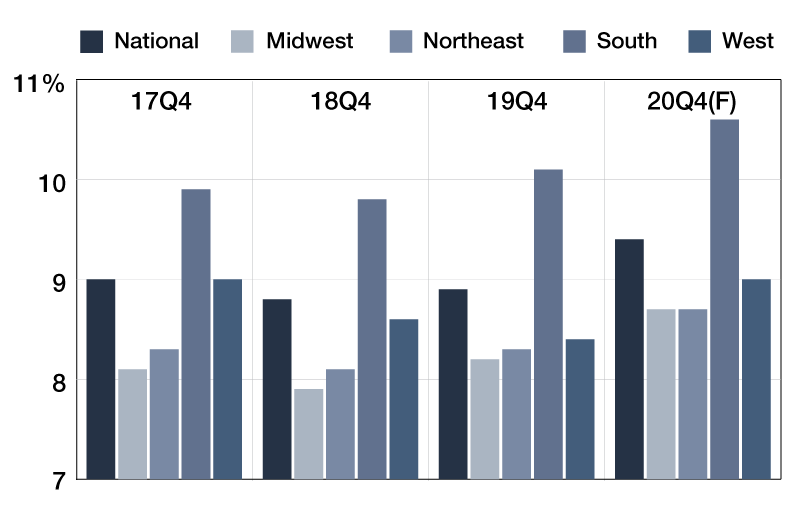
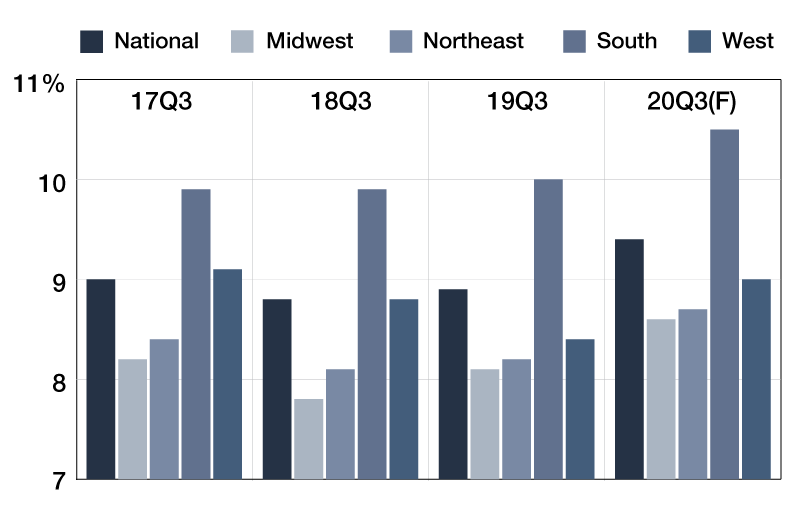
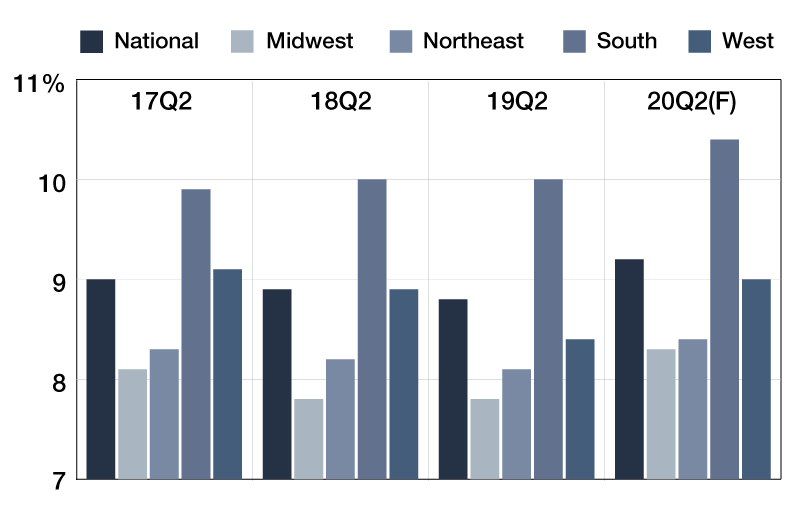
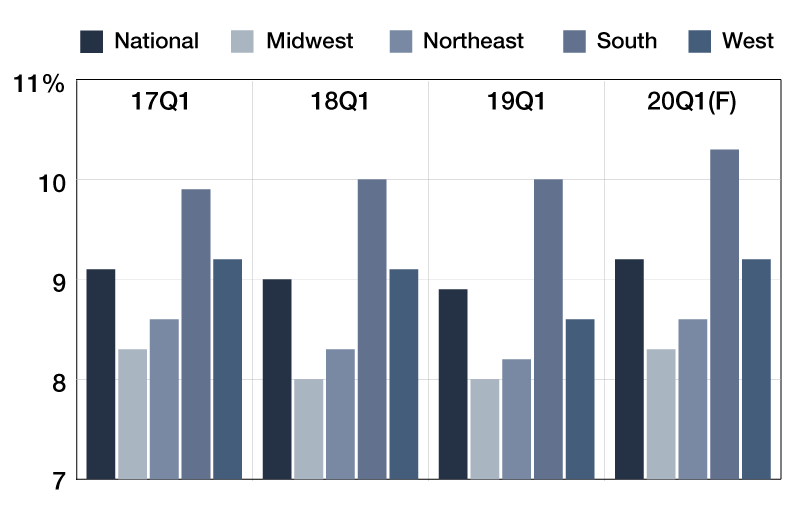


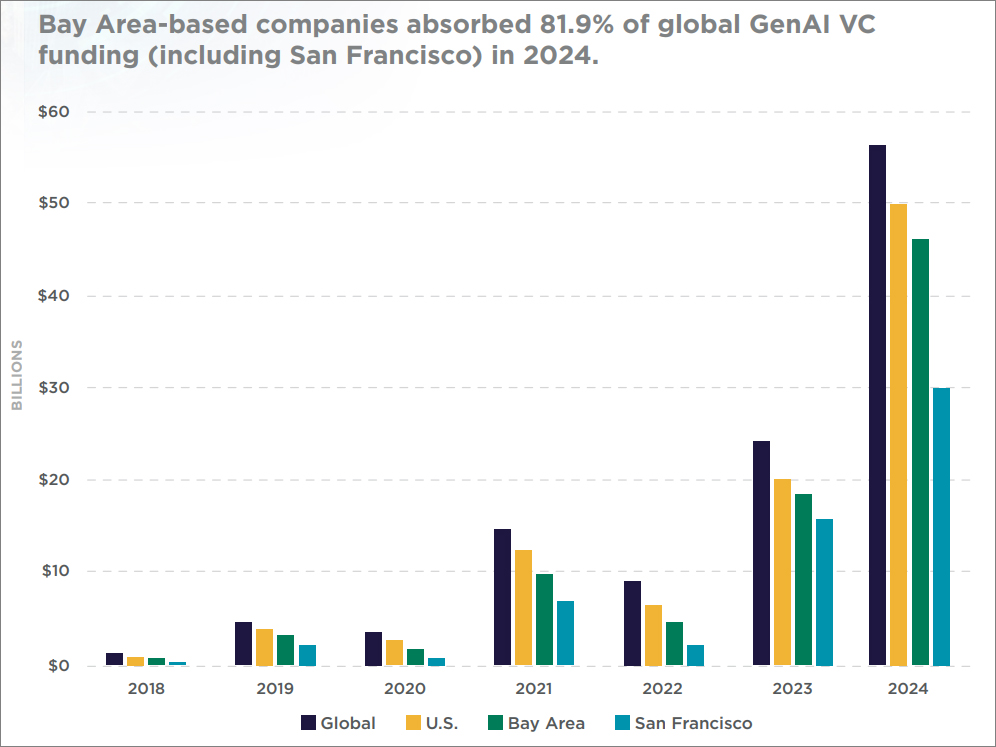



You must be logged in to post a comment.